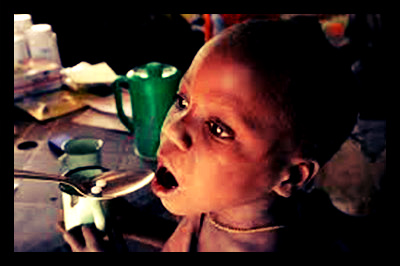MDGs Still Need Improvement

As the 2015 deadline for the Millennium Development Goals quickly approaches, the UN is encouraging governments around the world to intensify their efforts on the goals that have seen little or no progress since 2000. The main goals that still require significant attention are reducing maternal and child deaths and increasing access to improved sanitation facilities.
There have been several successes in these areas so far. In the past 20 years, the number of children dying before the age of five has dropped by nearly 50 percent. The global maternal mortality ratio has dropped by about 45 percent. It is estimated that 3.3 million deaths due to malaria have been prevented. Additionally, the goal of improving access to safe water globally has been met.
The 2014 report put out by the UN, which is based on data from 2010 to 2014, claims that many other goals are still attainable if current trends and efforts continue.
However, there are some goals that do not seem feasible any longer. Only half of pregnant women in developing countries are getting the appropriate number of prenatal checkups. Diarrhea and pneumonia are still prevalent in many countries and are the main causes of death in children under five. In the past four years, 162 million children were not receiving proper nutrition. Finally, sanitation facilities are not as available as they should be, even in middle-income countries; more than one billion people are still required to resort to open defecation.
Andy Haines, a public health expert and the London School of Hygiene & Tropical Medicine in the United Kingdom, said that the results of these goals are a “mixed picture of major advances towards some goals and worrying shortfalls in progress in the case of others.”
The Millennium Development Goals that are furthest from completion are the ones relating to women: gender equality and reducing maternal and child deaths. Last year, UNICEF claimed that at the current rate, the goal of reducing maternal and child deaths by two-thirds will not be achieved until 2028.
Seven out of the nine regions throughout the world that are participating in the MDG have not reached the goal of reducing maternal and child deaths. Three of them, Oceania, Southern Asia and Sub-Saharan Africa, are not expected to achieve this particular goal, and others may fall short as 2015 approaches.
UN Secretary General Ban Ki-moon recognizes the progress made thus far, but also the need for continued efforts. He said, “The concerted efforts of national governments, the international community, civil society and the private sector have helped expand hope and opportunity for people around the world. But more needs to be done to accelerate progress. We need bolder and focused action where significant gaps and disparities exist.”
By learning from the flaws of the Millennium Development Goals, the UN and fellow organizations have already begun work on the next set of goals called the Sustainable Development Goals. These goals will incorporate a wider span of topics that were not in the MDG, such as economic and environmental issues.
– Hannah Cleveland
Sources: The Guardian, Science Development Network
Photo: Unicef
